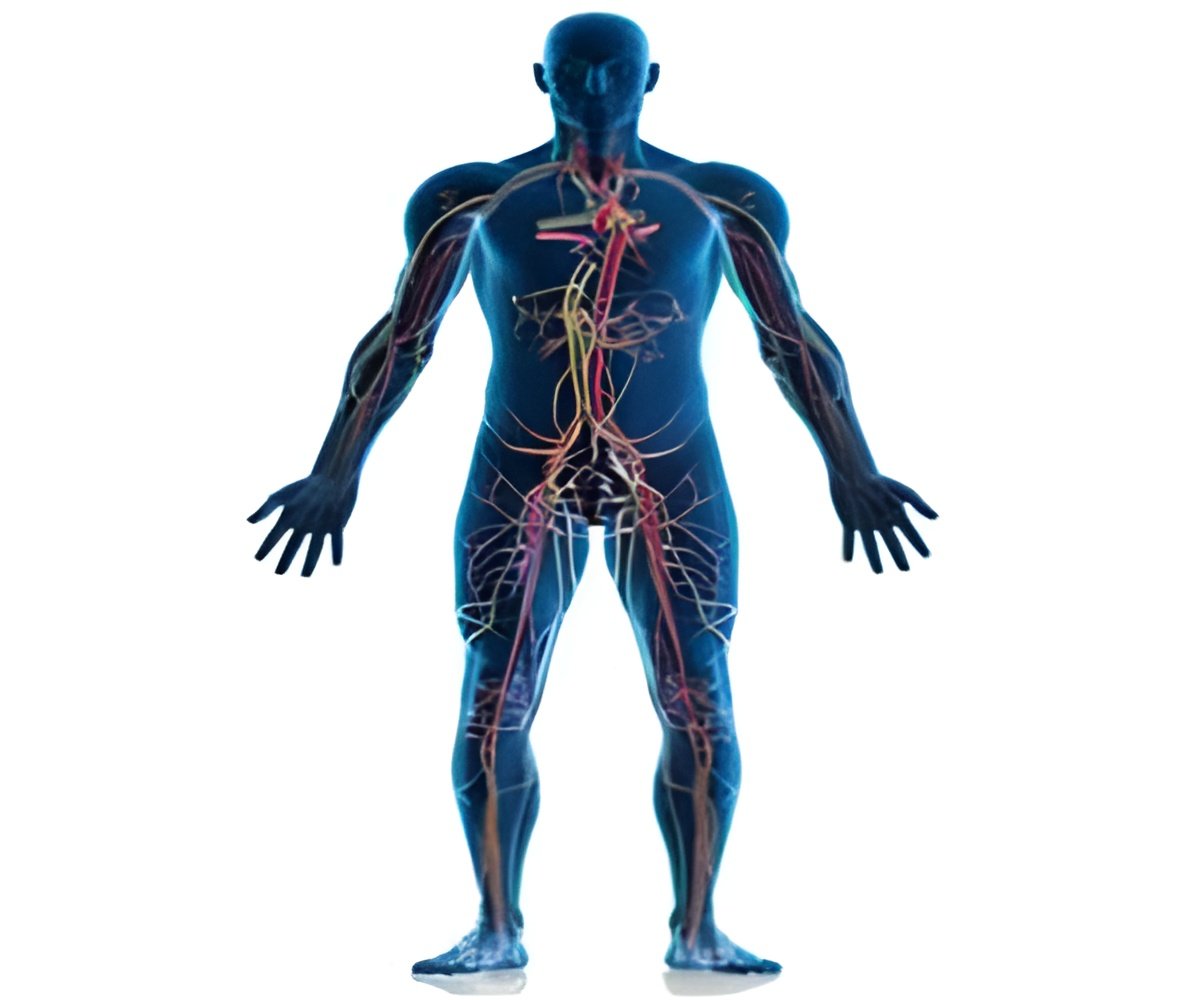For the repair of damaged peripheral nerves, autografts or allografts are commonly used. However, similar problems have been encountered in allografting or xenografting. Previous studies concerning artificial neural tubes to repair nerve defects mainly focus on peripheral nerve defects less than 30 mm.
Dr. Esmaeil Biazar and colleagues from Islamic Azad University, Iran investigate the feasibility of poly(3-hydroxy- butyrate-co-3-hydroxyvalerate) conduits in the repair of 30-mm sciatic nerve gap in a rat model. The researchers found that at 4 months after nerve conduit implantation, regenerated nerves were macroscopically observed and histologically assessed. In the nanofibrous graft, the rat sciatic nerve trunk had been reconstructed by restoration of nerve continuity and formation of myelinated nerve fiber. There were Schwann cells and glial cells in the regenerated nerves.
Masson's trichrome staining showed that there were no pathological changes in the size and structure of gastrocnemius muscle cells on the operated side of rats. These findings, published in the
Neural Regeneration Research (Vol. 8, No. 24, 2013), suggest that nanofibrous poly(3-hydroxybutyrate-co-3-hydroxyvalerate) nerve conduit is suitable for repair of long-segment sciatic nerve defects. Results from Dr. Esmaeil Biazar and colleagues offer a novel solution for repair of long-segment peripheral nerve defects in the clinic.
Source-Eurekalert












